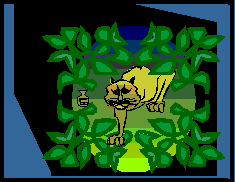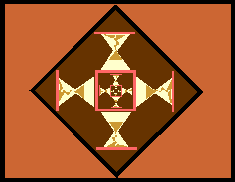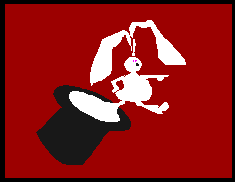Quantum Theory In Science Fiction
 The Legion of Time
The Legion of Timeby Jack Williamson Sphere, London, 1977
First published as a magazine serial in 1938, this is a competent action adventure story
"Geodesics have an infinite proliferation of possible branches, at the whim of subatomic Article about Geodesic Domes and Charts of the Heavens
|
 The Man in the High Castle
The Man in the High Castleby Philip Dick Gregg Press, Boston, 1979 A parallel-reality story set in a world where the United States lost World War Two. Nicely written with minimal science but a slight twist that takes it out of the ordinary.
|
 The Man Who Folded Himself
The Man Who Folded Himselfby David Gerrold Amereon, Ltd., Mattituch, New York, 1973 A funny and entertaining portrayal of the confusing effects of travel forward and backward in time among the many worlds of perpendicular reality. It's easy to dismiss the "science" in this as hocus-pocus, but the implications are very close to some of the ideas presented in John Gribbin's book about quantum physics, In Search of Schrodinger's Cat, (Bantum Books, New York, 1988) |
 Pavane
Pavaneby Keith Roberts Hart-Davies, London, 1968 (paperback Panther) Perhaps this story is set in a parallel universe, perhaps not. Either way is makes good reading. |
 The Schrodinger's Cat Trilogy:
The Schrodinger's Cat Trilogy:
The Trick Top Hat The Homing Pigeons by Robert Anton Wilson Pocket Books, New York, 1982 It is almost impossible to describe this funny, irreverent, and brilliant trilogy in which three different variations on the quantum theme (one to each volume) are applied with scrupulous care to provide the framework for more or less the same set of actions involving more or less the same set of characters. In a way, the trilogy does for quantum throry what Lawrence Darrell's Alexandria Quartet did for relativity theory.....but Wilson is funnier. An acquired taste, but if you can acquire it you will have the true flavor of the quantum world on your tongue. |
 Timescape
Timescapeby Gregory Benford Pocket Books, New York, 1981 The best portrayal in science fiction of what it is like to be a research physicist, combined with a superb fictional portrayal of the kind of time travel that may be possible in a many-worlds reality. |
 Too Many Magicians
Too Many Magiciansby Randall Garrett Ace Books, New York, 1981 "What if" stories set in a parallel reality where Richard Lionheart survived for long enough to ensure that the succession to the English throne did not pass through his brother John. Scientifically slight, but good-detective stories, and fun. |